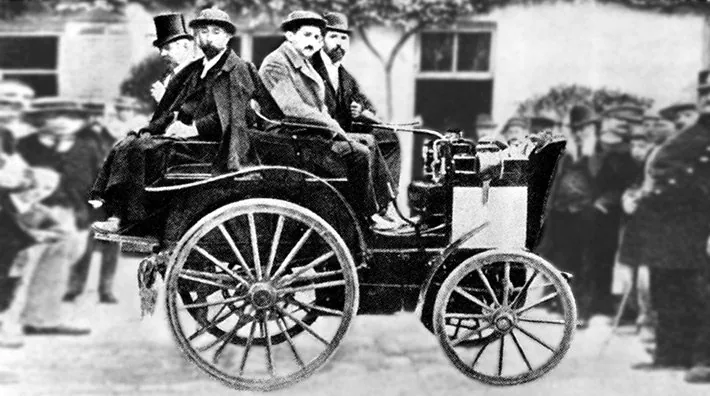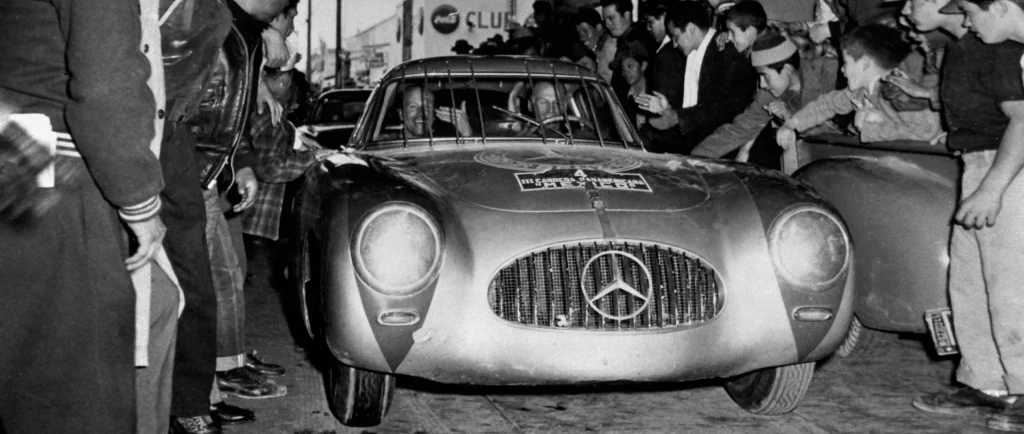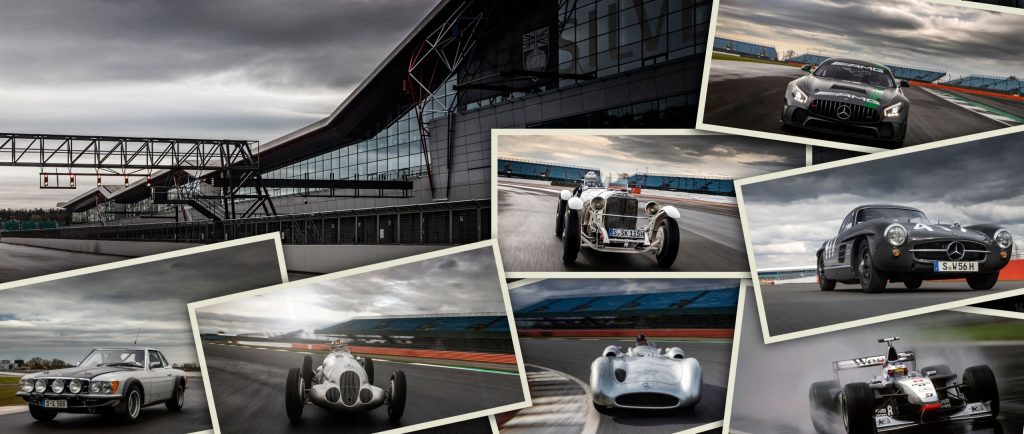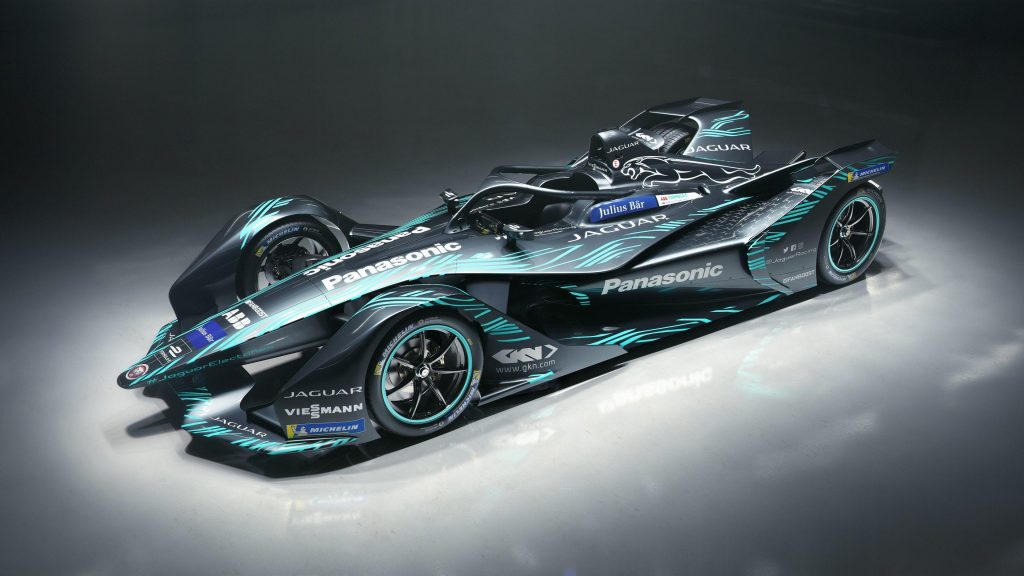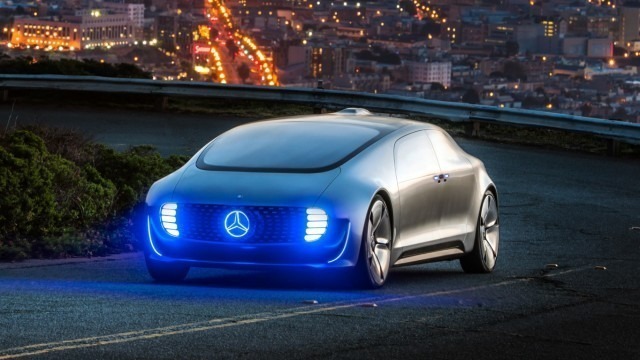The Future of the Motorsports
4 min readThese are things that come to mind when the term motorsport pops out: burning rubber, fuel fumes and yes, speed! In this blog piece, we shall take you through a history of the inception of motorsports and where the industry and related innovation is headed.
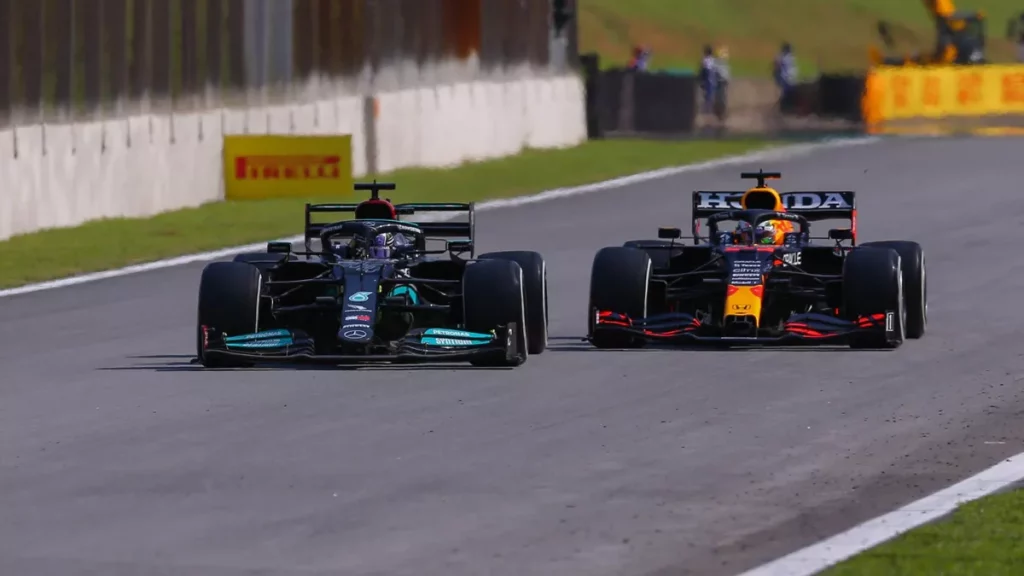
The Beginning
Carl Benz never thought that his three-wheeled automobile invention would become one of the world’s most thrilling sports events. While today, it is common for speed to be associated with motorsport, it wasn’t always the case. Back in 1890’s the first car race was organized in France. It was an endurance run from Paris to Rouen [1]. The race, which was a reliability test organized within a distance of about 80 km (50 mi), was won with an average speed of 16.4kph(10.2mph) [2]. More races were organised later, most of them for promotional purposes.
Motorsports today
Motorsport in the present day has numerous branches such as the Formula series, Rally racing, Drift racing, Drag racing, Stock car racing and many more.
Earlier branches are distinguished from each other by the driving style, topography of the track and the vehicle used, however after the induction of Formula-E in 2014 [3], fuel type also became a criteria for classification of newer branches of the sport [4].
Changes expected
With the current scenario in climate change related to pollution and global warming, the world is looking forward to implementing the use of alternate sources of energy on a large scale. This has created a divide in the current automotive market in the energy sources being used in vehicles: gasoline and diesel, hydrogen, solar and electricity for example. As far as the motorsport front is considered, the industry has come out with new ventures for the alternate fuel sources. Formula-E and the Solar Race Challenge are a few examples [5].
Formula-E, which encompasses a series of formula vehicles that run on batteries as an energy source, has gained popularity recently. Formula-E has astonishing performance specs. A Formula-E vehicle can accelerate from 0 to 60 mph in 2.2s and has a top speed of 280 km/h [6]. The allowed power output is 250kwh ( 335bhp) [6].
As time passes by, it is very much possible that Formula car series for alternative fuels will come up. But will it affect the current demographic of the industry? Formula 1 cars are just a highly performance-oriented version of normal cars, which is the reason why people can relate to the thrill and adrenaline involved in driving a car, the growl of the engine, the heat of the run, the gear shifting etc. All these things make the viewer more connected to the sport. However if EVs replace the IC engines in the automobile market, then the viewers would be experiencing the electrical powertrain and would closely relate to Formula-E [7]. This perception shift could be a prime reason for the demographic shift in motorsport.
The effect of this change, whether positive or negative, is still unclear. Stock car racing or the manufacturers’ races like Le Mans and Daytona can face problems as the market will be filled with cars having various fuel / energy requirements, thus making rules and regulations that suit all the fuel types is tricky. There are more chances of mainstream Formula 1 races being replaced by Formula-E series. A bit more forward in time, and we will not be far away from envisioning a driverless Formula series.
The shift would make the internal combustion engine a rear sight and hearing the grunt of the powertrain, a rare phenomena; this would lead to increase in the car rentals and track racing businesses because then the IC engines will only be limited to the track [8].
The motorsports industry encourages a lot of people to tune their cars using various car parts but seeing the rise of electric vehicles, this market would be getting a huge hit as a number of parts will now be of no use. As far as tuning of electric cars is considered we have very less options as compared to their IC counterparts. Reason being, the electric powertrain is a bit more complex than the IC one. The power output mainly depends on the battery pack and the motor [9]. Many small businesses related to aftermarket parts sales will experience a hit and as the number of ways of tuning the electric cars is currently lesser than its IC counterpart, there would be stiff competition in the market. The market would be limited to very few parts like cooling systems, bodyworks, and braking systems.
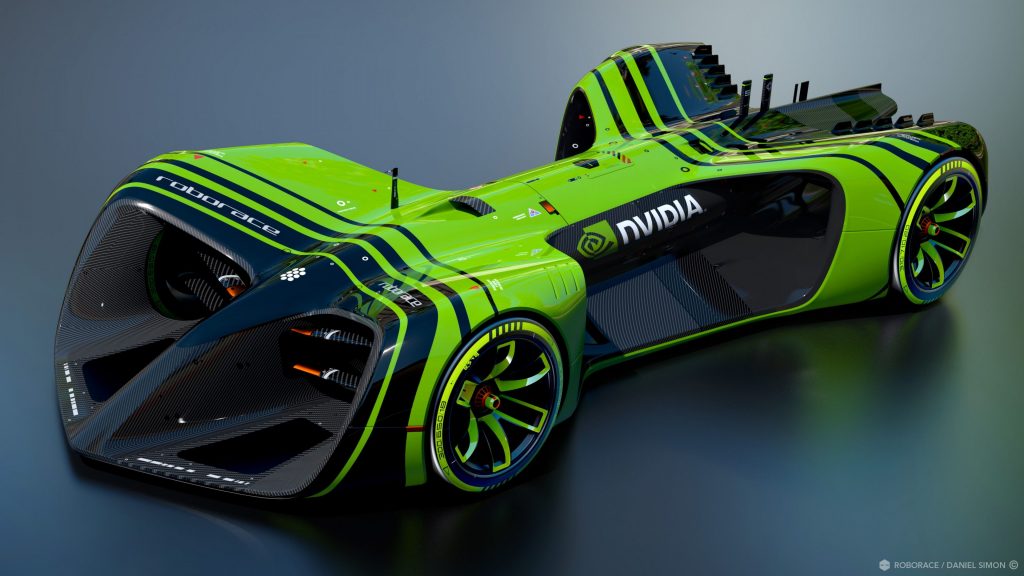
With climate change being one of the top concerns in today’s global affairs, no one can prevent the change that innovation will bring to the markets. Motorsports is no exception to this clause as well. The future of motorsports is bound to witness newer formats of both the vehicles and the events
—
This blog piece has been developed by Devashish Vashisth.
References
- [1]https://www.britannica.com/sports/automobile-racing
- [2]https://historycollection.com/today-history-worlds-first-car-race-1895/
- [3]https://formulae.fandom.com/wiki/FIA_Formula_E_Championship
- [4]https://www.themanual.com/auto/types-of-car-racing/
- [5]https://www.solarcarchallenge.org/
- [6]https://www.fiaformulae.com/en/discover/cars-and-technology
- [7]https://blog.blacklane.com/travel/everything-you-need-to-know-about-electric-cars-before-taking-your-next-trip/
- [8]https://www.motorbiscuit.com/the-majority-of-internal-combustion-engines-will-die-in-15-years-with-ev-shift/
- [9]https://evreporter.com/ev-powertrain-components/
- [X]https://www.inverse.com/innovation/is-hydrogen-fuel-coming
.
